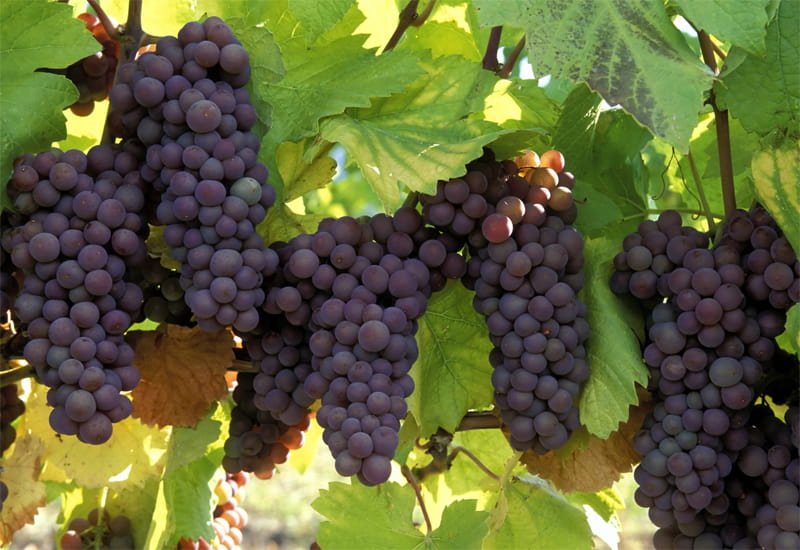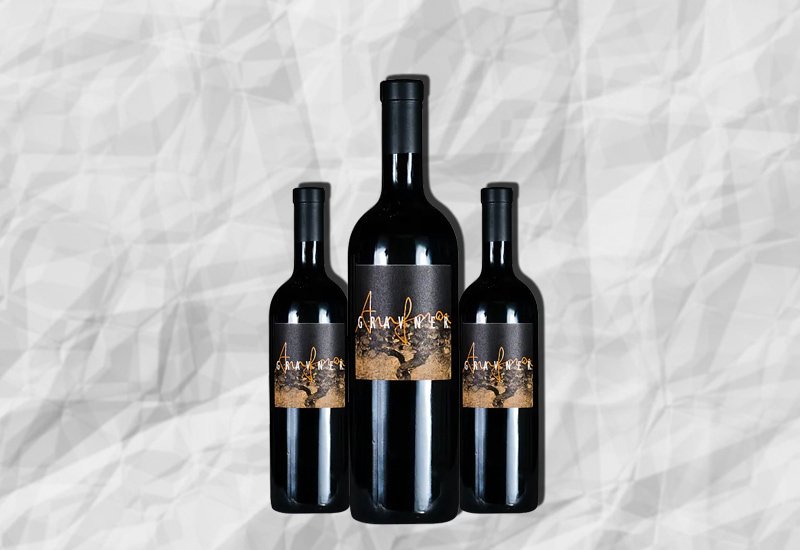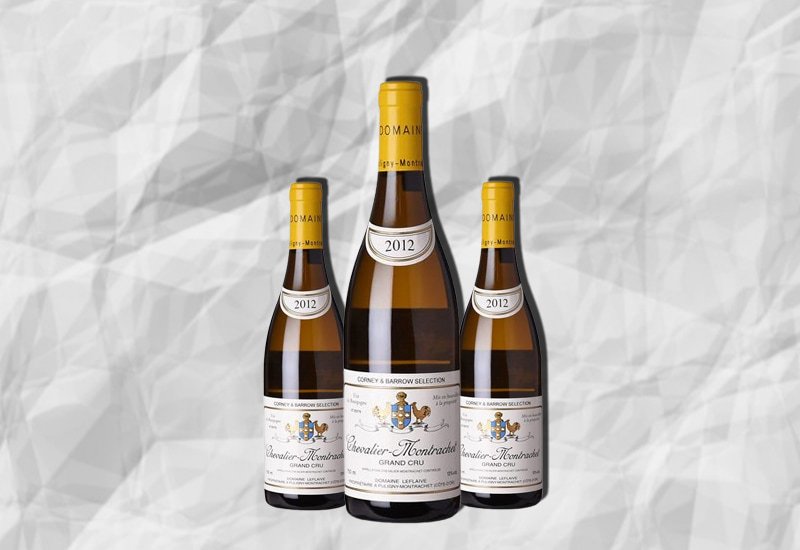Pinot Grigio vs Chardonnay: 7 Key Differences
Pinot Grigio and Chardonnay are two of the world’s most popular white wines.
But, that’s where their similarities end. Let’s do a Pinot Grigio vs Chardonnay comparison, and discover seven significant differences. We’ll also find out what you need to know to pick the best white wine for your next celebration.
Further reading
- Explore the world of Sweet White Wines or learn more about Dry White Wine.
- Also, discover the finest White Wine bottles in the world today!
Pinot Grigio vs Chardonnay: 7 Key Differences
Although the Chardonnay and Pinot Grigio look almost identical in a wine glass, many things separate them.
Let’s take a look:
1. Grape Color

If you want a surefire way of telling a Chardonnay grape apart from a Pinot Grigio grape, all you need to do is look at the color.
Chardonnay is made with green-skinned grapes, whereas Pinot Grigio comes from a grayish-blue grape.
2. Production

Although France’s Burgundy region is famed for its Pinot Noir wines, it makes incredible Pinot Grigio too.
Interestingly, Pinot Grigio isn’t a white grape - it’s a red grape, with the wine’s final white color resulting from removing the skins before pressing the grapes. Generally, Pinot Grigio tends to be a very unoaked dry wine.
Chardonnay tends to be a more versatile grape with a neutral profile, with many flavors influenced by its terroir. The winemaker must also decide whether or not to age the wine in oak.
Fermentation in oak barrels creates a fuller-bodied wine, compared to stainless steel tanks/vats, making a crisp and bright wine. Another factor in the production of Chardonnay is malolactic fermentation, which creates a noticeably less tart wine.
Chardonnay is rarely ever blended with other white wines, except for sparkling wine, where the winemaker can blend it with Pinot Noir. The Pinot Gris grape (the name that Pinot Grigio goes by in Alsace, France) can be blended as well but tends to serve better as a varietal wine.
3. Body

Pinot Grigio often has a lighter body, described as a medium minus. Although its French cousin, Pinot Gris, usually includes a slightly heavier body.
Unoaked Chardonnay will have a medium body, slightly heavier than Pinot Grigio. Oaked Chardonnay has the fullest body of these wines, at medium-plus. Oaked Chardonnay is generally fuller than most white wines, so this isn’t unusual.
4. Serving

Pinot Grigio is a young wine that you should open within a year or two of bottling. For best results, chill in the fridge for about two hours to achieve that ideal temperature range between 45° and 53℉.
On the other hand, you can keep Chardonnay wine for up to ten years if you store it in around 50℉. When you decide to open, Oaked Chardonnay is best served at around 54℉ to bring out those rich textures and creamy, buttery flavors. As for Unoaked Chardonnay, it’s best enjoyed when served between 50℉.
Of course, you should serve these wines in the right white wine glass.
5. Taste And Aromas

Because of Chardonnay’s versatility, it’s grown in many winemaking regions around the world. As a result, flavors can vary quite drastically between Chardonnays.
Grapes grown in cooler climates or harvested early tend to have fruit flavors of apple, pear, and peach. In warmer temperatures and later harvests, grapes can produce more sugar and reduce acidity, creating a rich tropical fruit flavor.
Chardonnay wine can also have secondary notes of coconut, vanilla, and baking spice from the oak, depending on its fermentation.
A typical Italian Pinot Grigio has a light, crisp, and floral taste that will appeal to most wine drinkers. The wine can vary between having some slight sweetness from some residual sugar and being off-dry. However, Pinot Grigio’s flavor profile also has variations based on where it’s grown.
Italian Pinot Grigio is often a dry wine with bright acidity and bitter almond notes. French Pinot Gris is smoother with light notes of honey. By comparison, Pinot Grigio wine grown in the United States tends to have rich, fruity flavors with less acidity than its European counterparts.
Chardonnay’s nose usually offers an aroma of fresh-cut grass, whereas Pinot Grigio has a light and tart aroma.
6. Tannins

Tannins are a textural component of wine that wine drinkers often describe as the part that “dries in the mouth” when drinking. Typically, red wine has more tannins than white, as the grape skins, stems, and seeds hide most of the tannins.
That said, white wines still include some tannic textures. Pinot Grigio is quite a dry white wine, so it’s reasonably tannic and has a similar mouth feel to Sauvignon Blanc. By comparison, unoaked Chardonnay has very less tannins.
7. Food Pairings

Pinot Grigio’s crisp acidity makes it a fantastic pair for summer foods - things like seafood, pasta, risotto, and chicken dishes.
This white wine will also complement several semi-soft to firm cheeses, like brie, gruyere, and mozzarella. Alternatively, if you’re thinking of making a delectable snack, consider pouring a glass of Pinot Grigio wine with vegetable crudites, hummus, or fresh fruit.
Alternatively, Pinot Grigio produced in Alsace, France tends to be a more sweet wine, making it an excellent choice for a dessert wine.
Chardonnay’s versatility applies to its food pairings as well. Crisp, unoaked Chardonnay goes beautifully as an aperitif before goat’s cheese or oysters, shellfish, or fish.
Medium-bodied Chardonnays pair better with fish and white meats like chicken and pork. Don’t be afraid to pair rich, buttery Chardonnays with creamier sauces, grilled meats, or some game birds.
How to Decide Between Pinot Grigio and Chardonnay & Best Bottles to Buy
Now that we’ve had a look at the differences, let’s see how you should pick the perfect white wine.
1. Pinot Grigio

Pinot Grigio generally has a higher acidity, which means you need to pair it with the right type of food to avoid being overwhelmed.
For those new to Pinot Grigio and seasoned Pinot Grigio lovers alike, these delicious bottles are worth a try:
- 2006 Gravner Anfora ($155)
- 2013 Dario Princic ($110)
- 2019 Radikon Sivi Venezia Giulia IGT ($43)
- 2017 Santa Margherita ($27)
2. Chardonnay

If you’re not quite ready for a dry white wine, Chardonnay is a solid, easy-drinking alternative. As a wine lover, you’re sure to enjoy the following bottles:
- 2012 Domaine Leflaive Montrachet Grand Cru ($27,245)
- 2013 Leroy Domaine d'Auvenay Chevalier-Montrachet Grand Cru ($23,483)
- 2019 Etienne Sauzet La Garenne ($121)
- 2016 Leeuwin Estate Art Series ($84)
Want to add a bottle of these delicious wines to your cellar? Check out Vinovest!
Enjoy Your Favorite White Wine While You Invest
Pinot Grigio and Chardonnay are both excellent wines in their own respects.
Oaked Chardonnay offers richer textures and buttery flavors than unoaked Chardonnay, which offers a dryer, more fruity palate.
Or, if you prefer your white wine with a light, crisp, and floral taste, Pinot Grigio is the way to go.
Whatever your preference, both Chardonnay and Pinot Grigio are worthy additions to your collection.

Vinovestwill help you buy, store, authenticate, and sell some of the most sought-after wines - from a coveted Sauv Blanc to a Pinot Bianco, a Riesling, Gruner Veltliner or a Champagne - safely and conveniently.



